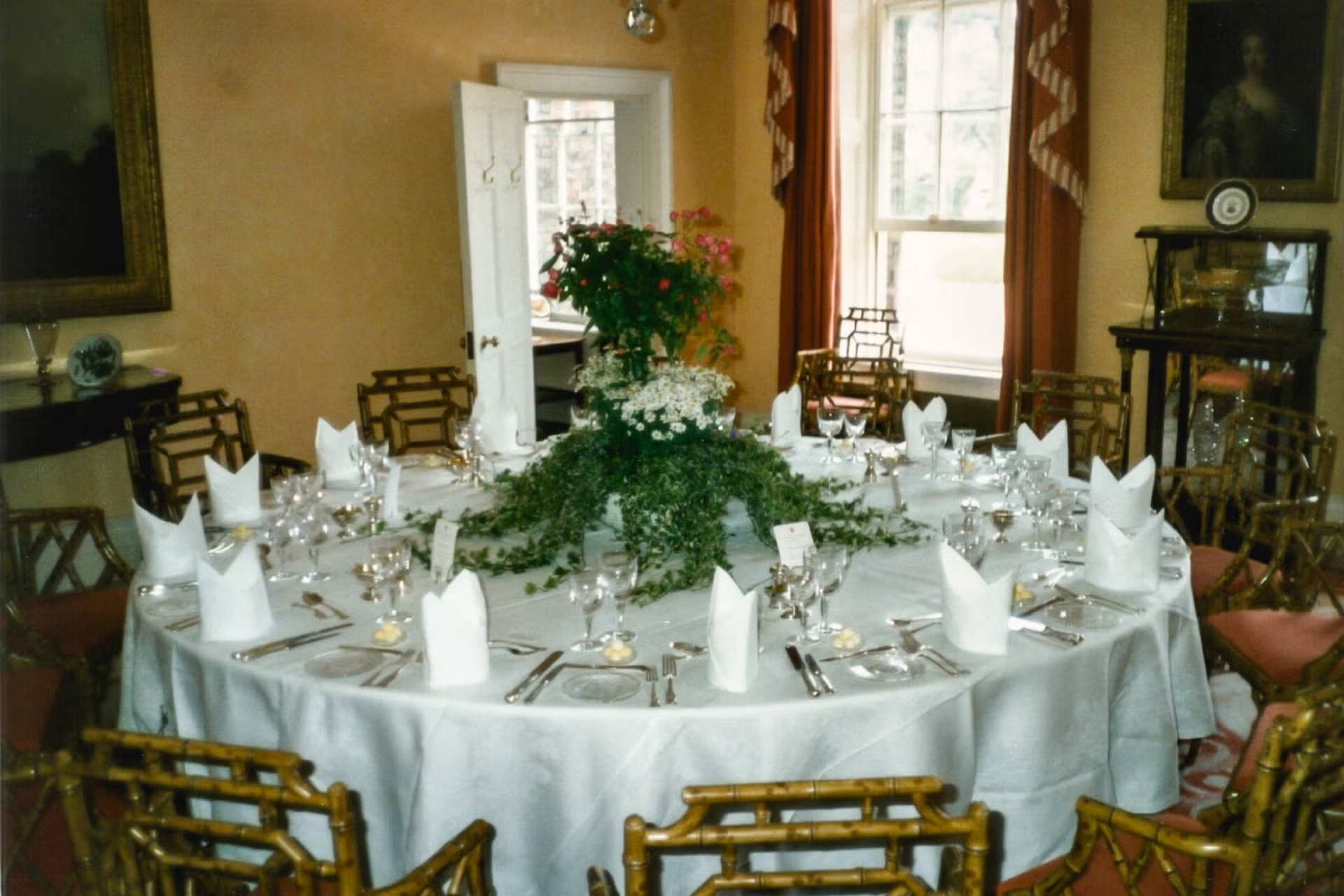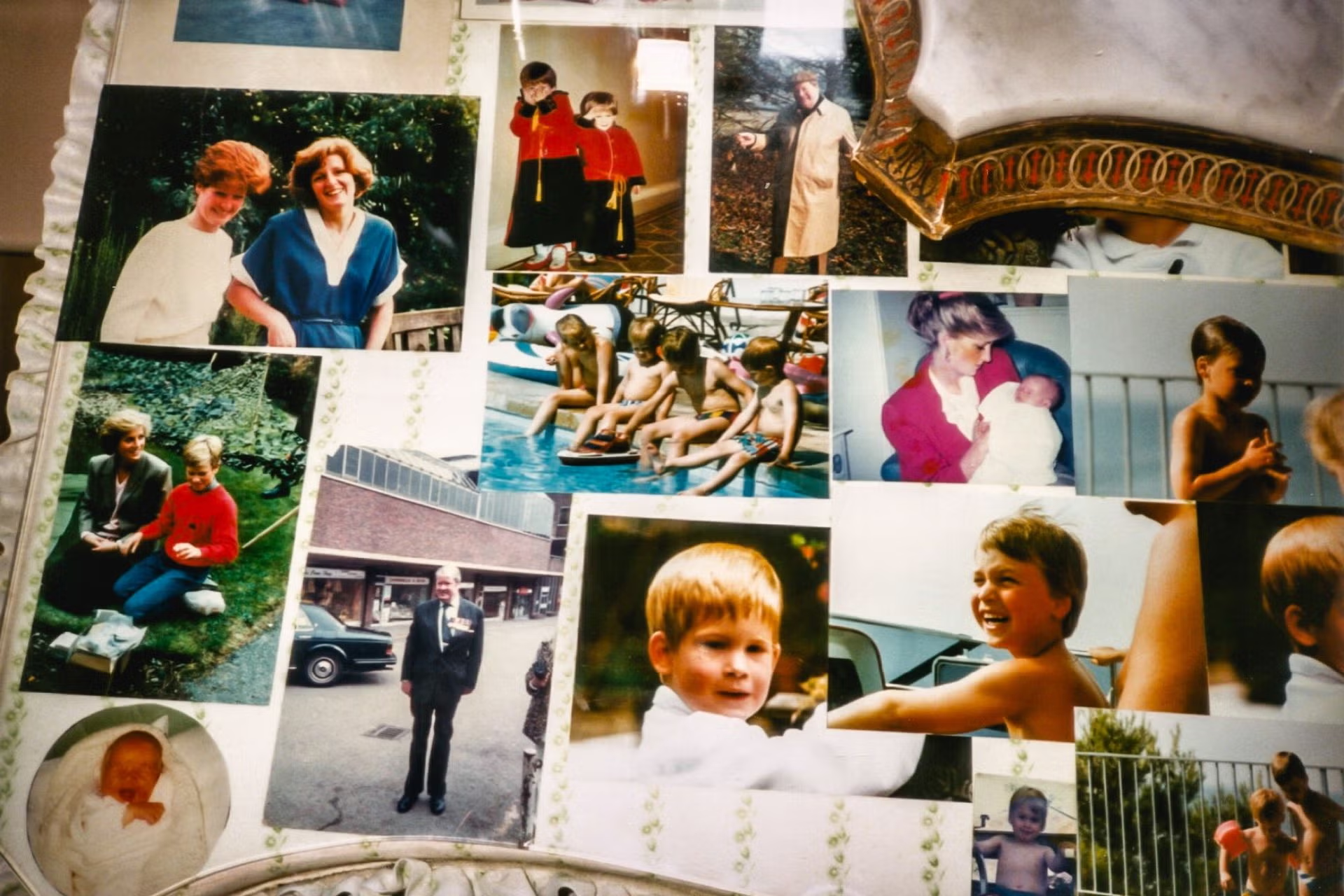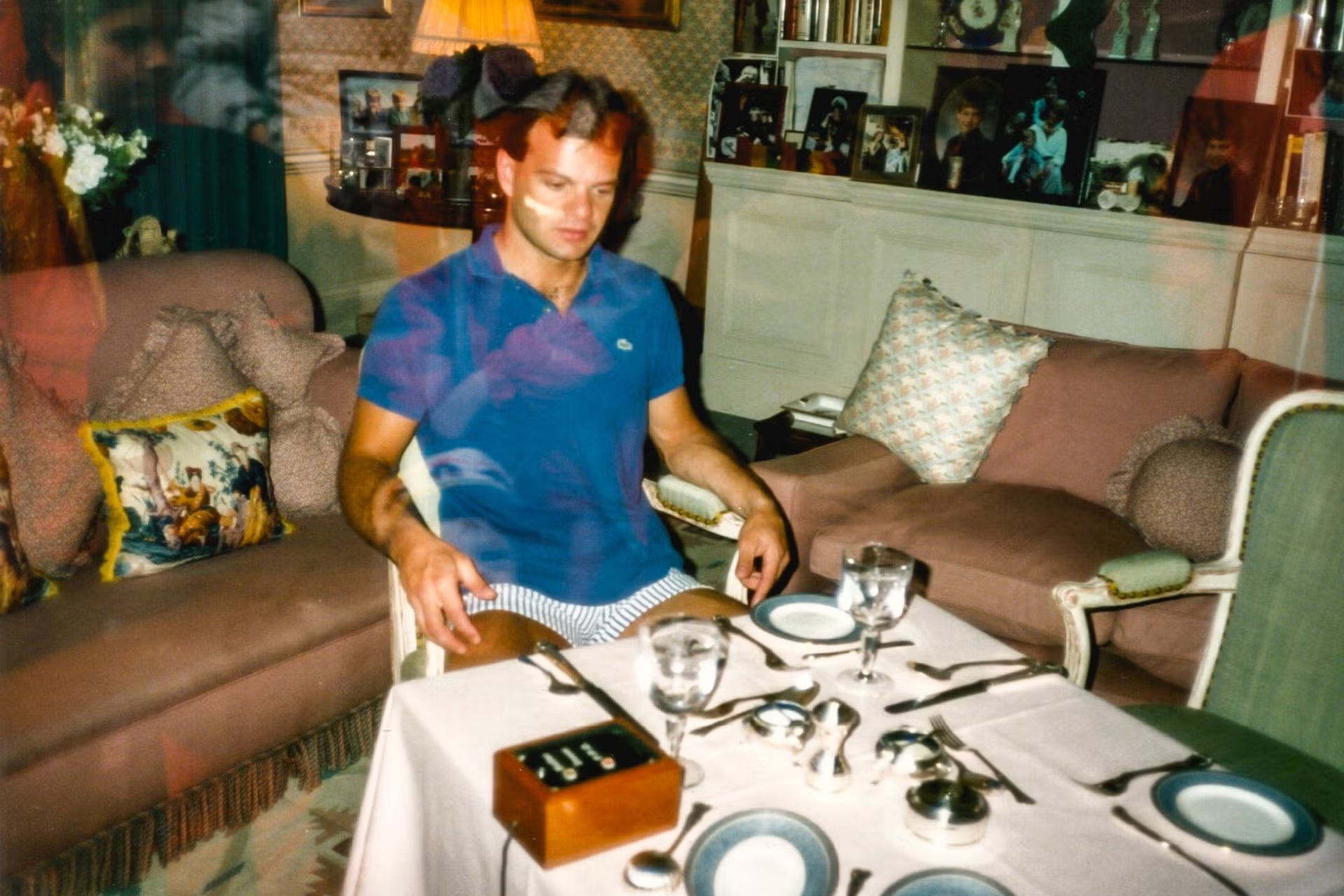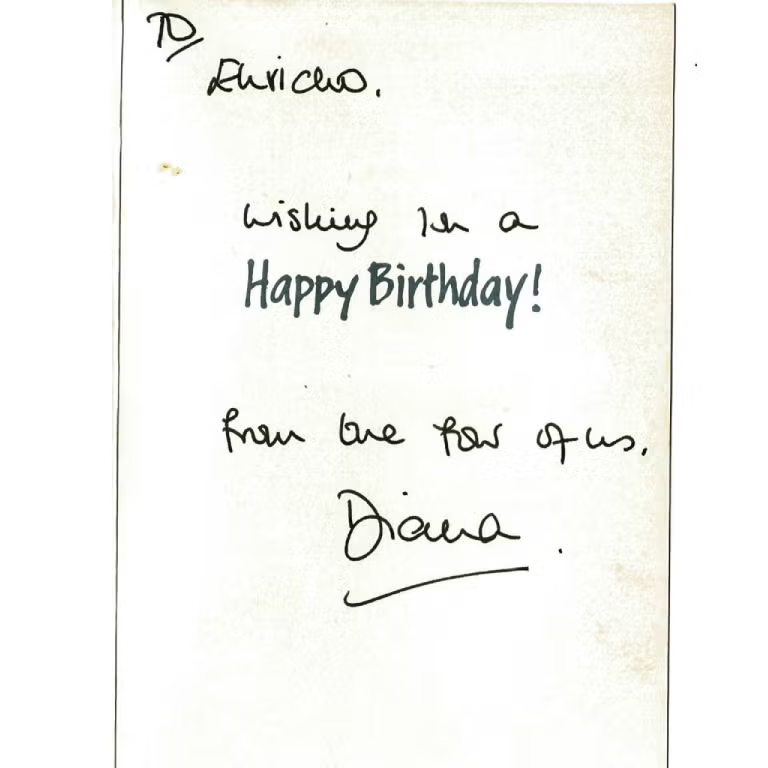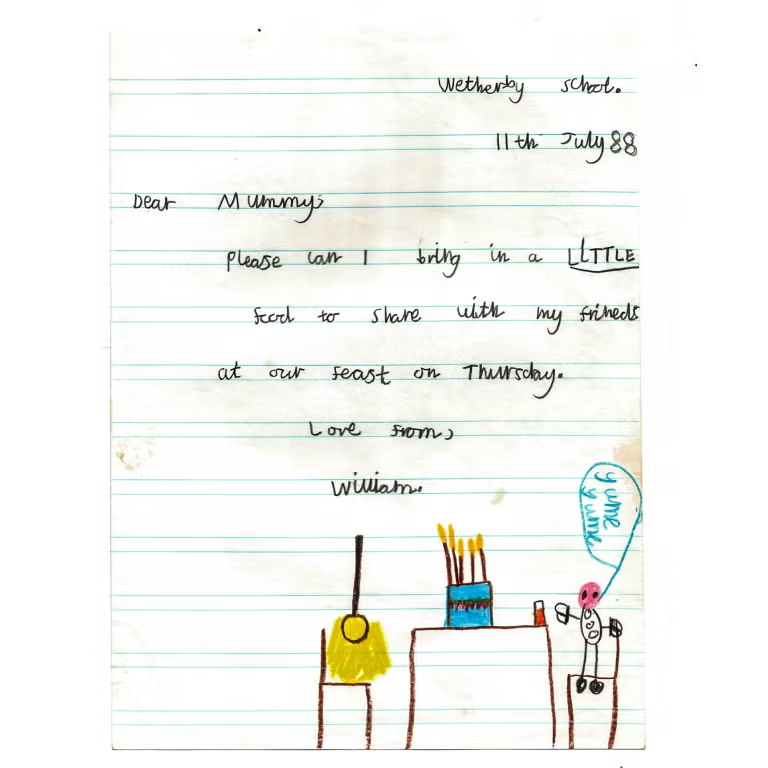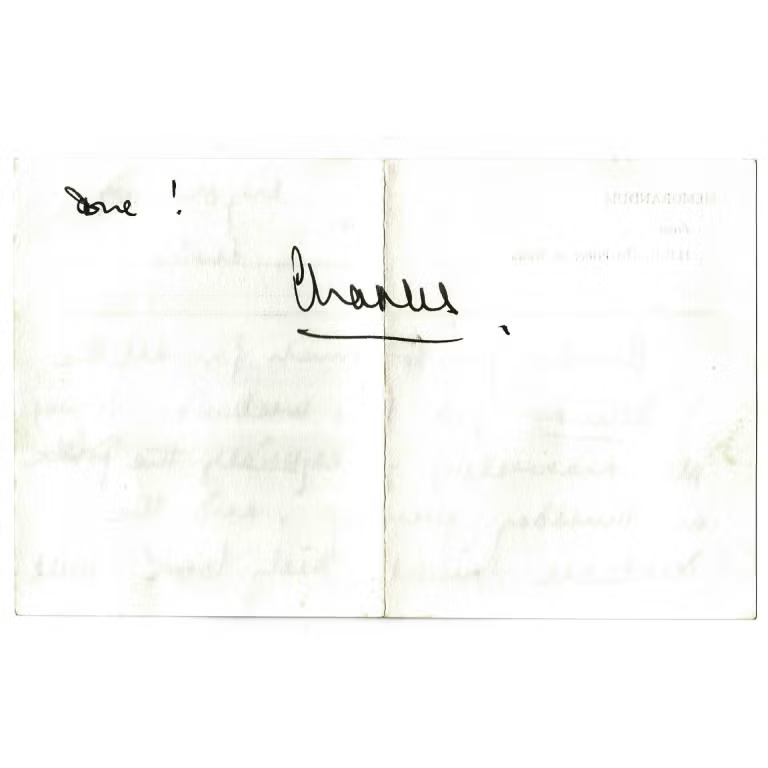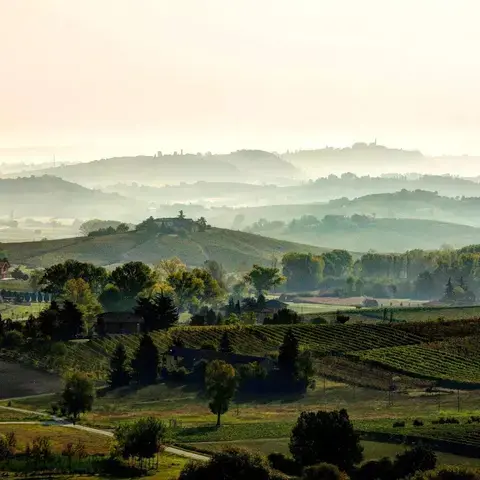"I must have cooked the lemon cream two hundred times: it is a dessert created by chance for Charles III, then Prince of Wales, which has become one of his favourite desserts," says Enrico Derflingher, executive chef of the British royal family from 1987 to 1990 - "the first and only Italian chef at the service of the Windsors." The chef explains all about one of his gastronomic creations that became one of the King's favourites.
Originally from Lecco, Derflingher, now president of Euro-Toques Italia and Internation, has a collection of memories related to that experience, which changed his life forever. “I was 27 when I entered the court for the first time, I passed a very long and complicated selection, which lasted over six months, with many aptitude and linguistic tests”, he says. The greatest emotion? "The first time I met Queen Elizabeth II and entered Buckingham Palace with the ambassador, with the flags: it is something that can only happen once in a lifetime," he says, as the world prepares to give the final farewell to Queen Elizabeth II.
The lemon cream is a recipe created by chance, as so many of the recipes that have become famous over the centuries are - often at European courts. This simple dessert, prepared by Derflingher, makes a virtue of necessity. "Along with many other dishes, it is linked to a beautiful anecdote: with Charles III, then Prince Of Wales, I was on an island in the Shetland archipelago, inside a lighthouse used as a home," he recalls. "There, he loved to retire to paint and make watercolours: of landscapes and nature, from the famous local sheep to the fjords."

